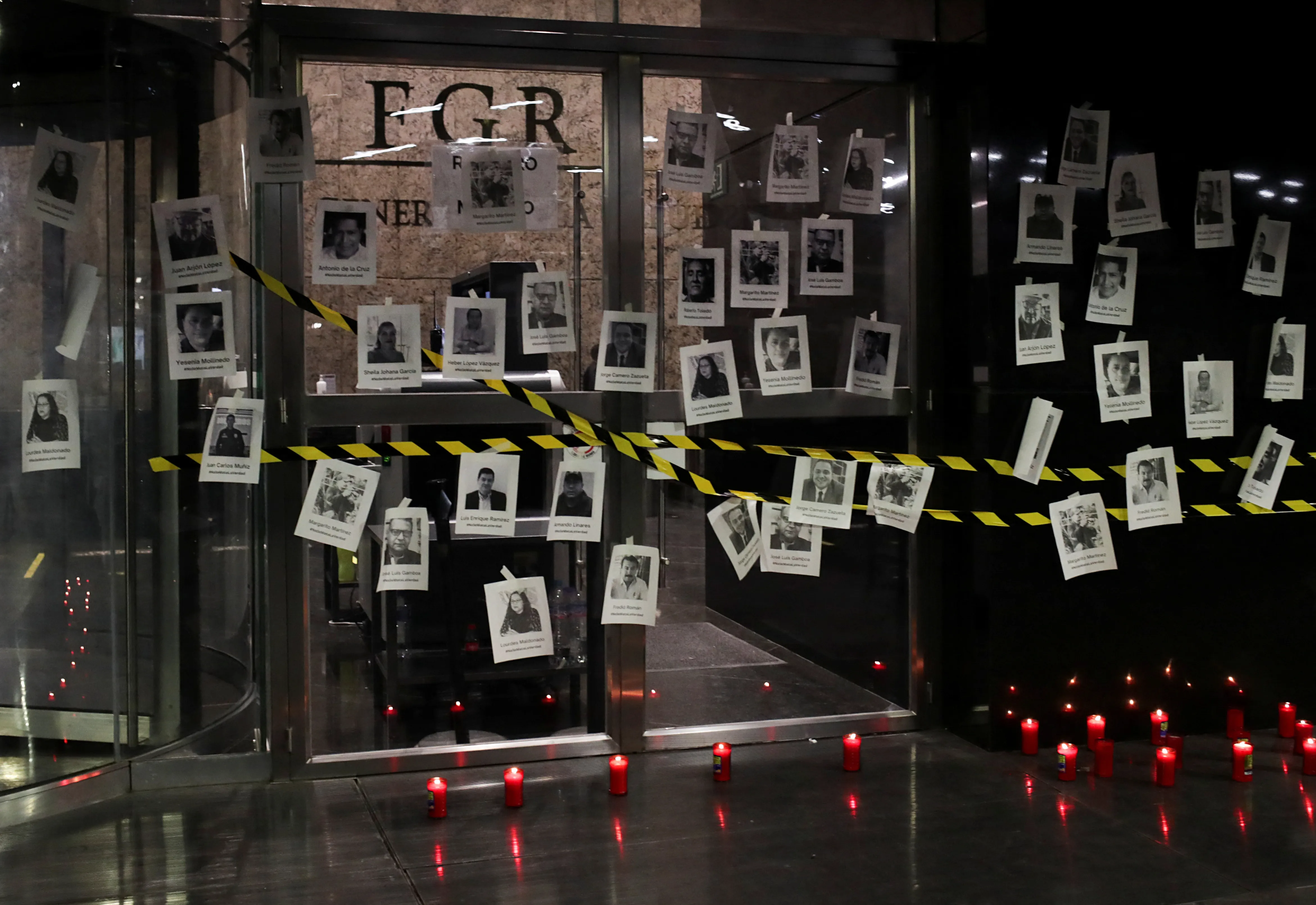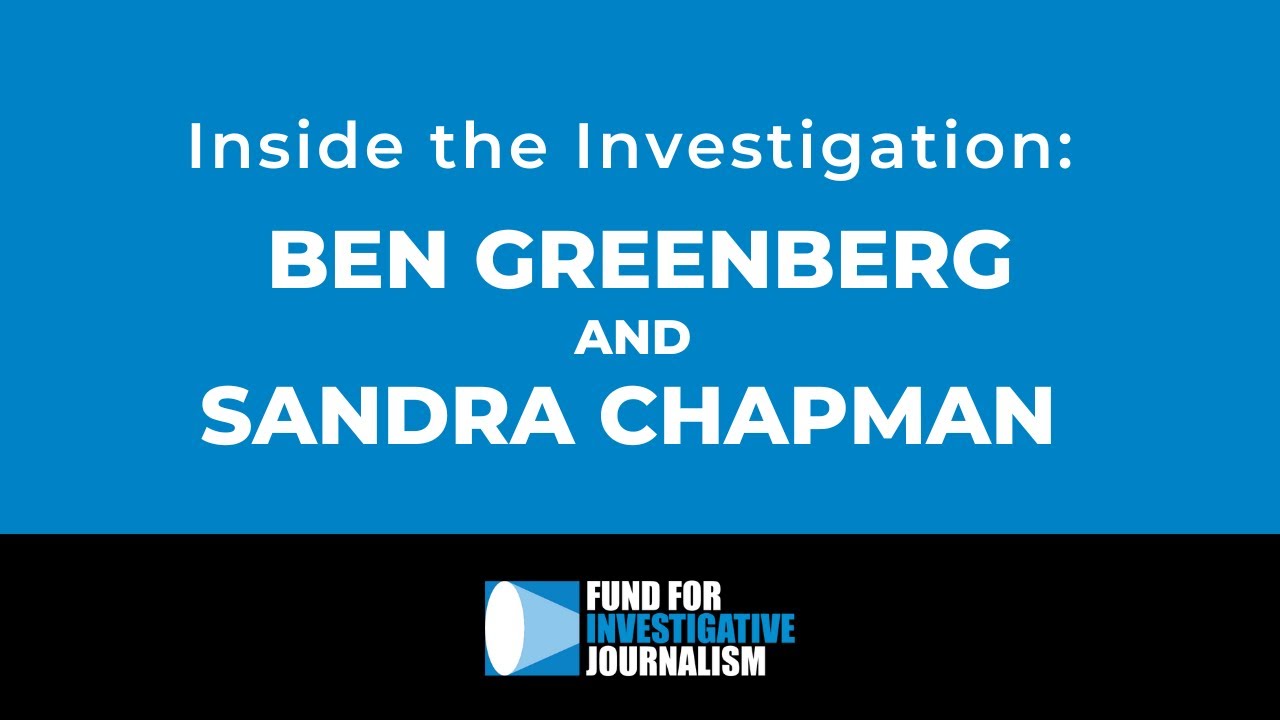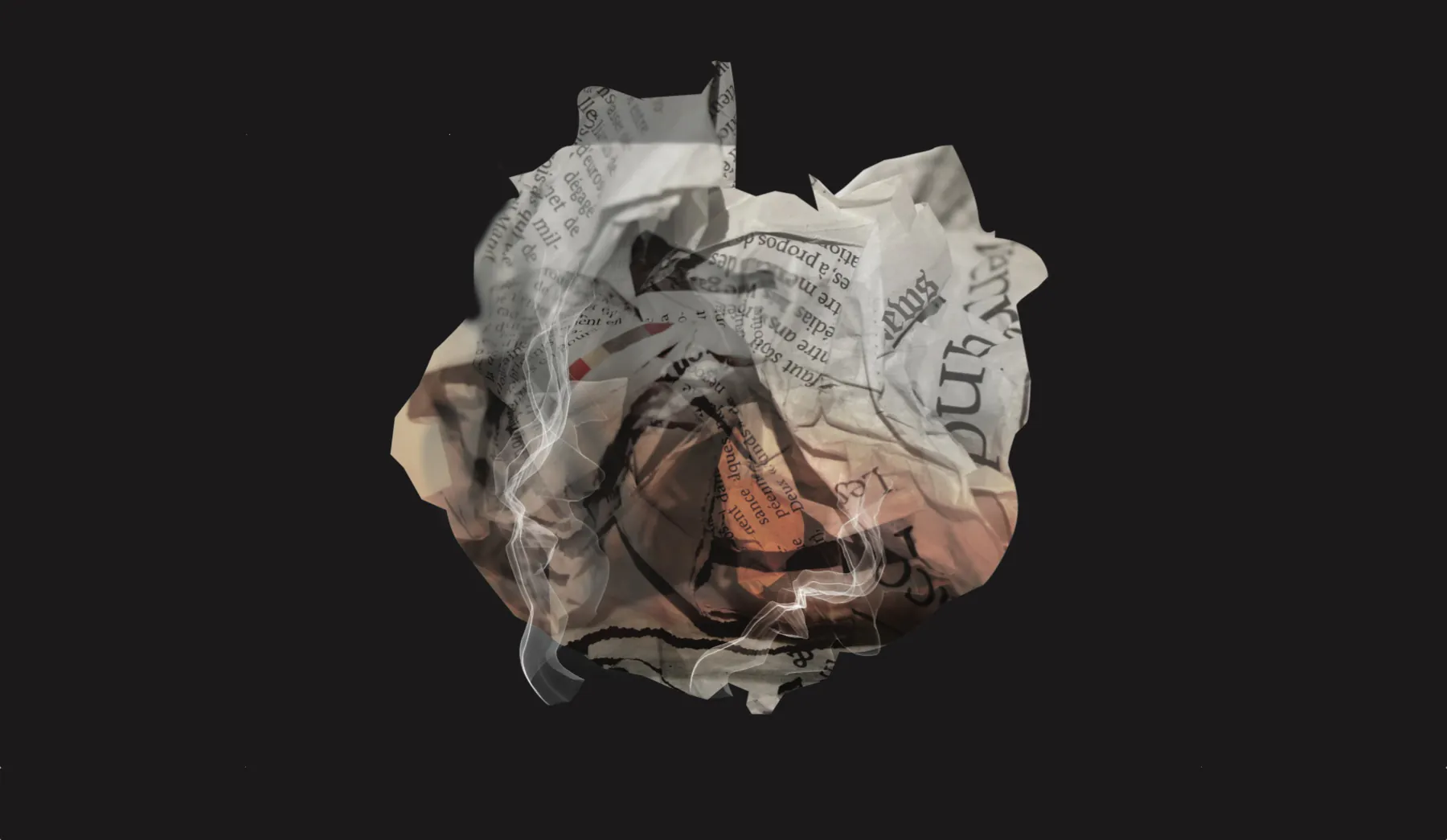
Latin America Sees Deadliest Year Yet for Journalists
July 16, 2025
Digging Up Justice: American Journalists Reopen Civil Rights-Era Killings
July 16, 2025UNESCO’s handbook, part of the Global Initiative for Excellence in Journalism Education, provides a comprehensive framework for educators and practicing journalists to address misinformation and disinformation effectively. Drawing from leading experts, it combines theoretical grounding with practical modules, enabling adaptation for individual courses or standalone use.
Structured around multiple modules, the guide starts with Truth, Trust, and Journalism, highlighting the value of skepticism over cynicism and equipping journalists to distinguish genuine reporting from deceptive content. It explores how digital transformation and social media have weakened legacy media business models, eroding newsroom resources and public trust.
The handbook emphasizes strategies to uphold professional standards and transparency in a fragmented media landscape. It offers practical lessons in online verification, source reliability, and fact-checking to counter the rising tide of misinformation. While digital media offers new storytelling opportunities and audience engagement, it also challenges journalistic integrity due to reduced capacity and limited resources.
Overall, the UNESCO publication serves as both an educational curriculum and a practical toolkit, reinforcing journalism’s role in guarding democracies by rebuilding public trust through rigorous verification, accountability, and transparency.
PDF – 265552eng
References –
https://unesdoc.unesco.org/ark:/48223/pf0000265552.locale=en

